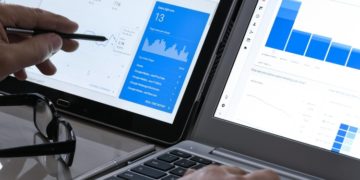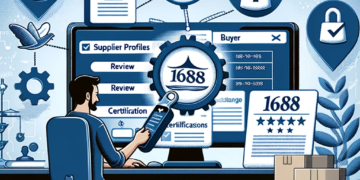Forecasting market direction has long dominated retail trading education. Countless traders still rely on signals, alerts, and sentiment speculation. But among high-volume and professional-level participants, the emphasis has shifted. Strategy alone is insufficient—precision in execution, control of variables, and access to reliable tools now determine outcomes more than any prediction model.
Platforms like Vistanova have adapted to this evolution. Rather than promoting predictions or promising success based on signals, Vistanova provides infrastructure: detailed charting, multi-layer risk controls, and advanced order types that allow the trader—not the platform—to dictate strategy.
Signal-Based Trading Has Limitations
External signals can offer directional ideas but rarely account for risk appetite, timing, or portfolio structure. Moreover, these alerts are often delayed or based on surface-level technical indicators. According to a 2024 review by the CFA Institute, nearly 52% of signal subscribers reported modifying or abandoning alerts within the first 60 days due to inconsistency or poor alignment with their trading goals.
Precision Tools Define Strategy Control
Advanced platforms now focus on enabling execution precision. This includes:
- Conditional and trailing stop orders
- Time-in-force options
- Custom position sizing
- Integrated margin calculators and exposure monitors
These tools help traders translate decisions into controlled actions, managing slippage, capital risk, and portfolio diversification in real time.
Vistanova includes these tools not as add-ons but as core elements of the trading interface. Everything from order ticket customization to chart-based trade placement is designed to reduce latency and increase trade accountability.
Visualization and Data Context
Understanding context is more valuable than receiving a prediction. Live depth of market (DOM), heatmaps, volume-at-price distributions, and volatility overlays provide insights that help traders evaluate trade quality, not just direction.
Vistanova integrates high-resolution charting modules with live data feeds across asset classes. This integration helps traders assess timing, correlation, and volatility risk—factors that often outweigh directional bias.
Forecasts Are Temporary — Tools Are Structural
While a signal might highlight a potential move, the tools to manage trade entry, position adjustment, and exit strategy remain under the trader’s control. This structural independence is critical.
A 2023 Global Retail Trader Study report found that traders using platforms with customizable execution features and real-time margin data experienced a 19% reduction in position overexposure compared to traders using signal-reliant environments.
Markets are inherently uncertain. Forecasting models can be useful but are not substitutes for execution discipline and data visibility. As the trading environment becomes more competitive, traders increasingly choose platforms that offer real control—not prediction overlays.
Vistanova’s model, built around trader autonomy and operational precision, reflects this shift. Success is no longer about finding the right prediction—it’s about having the right tools to act quickly and clearly when it matters.












































































